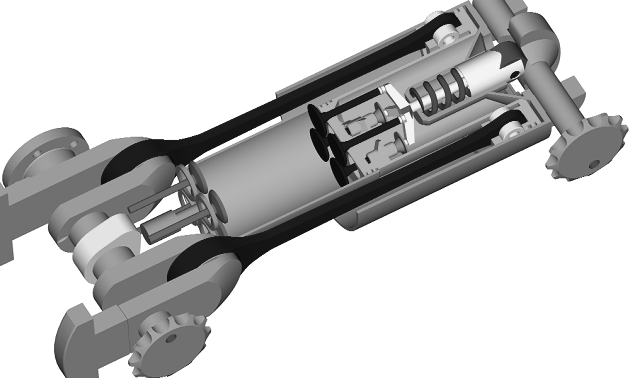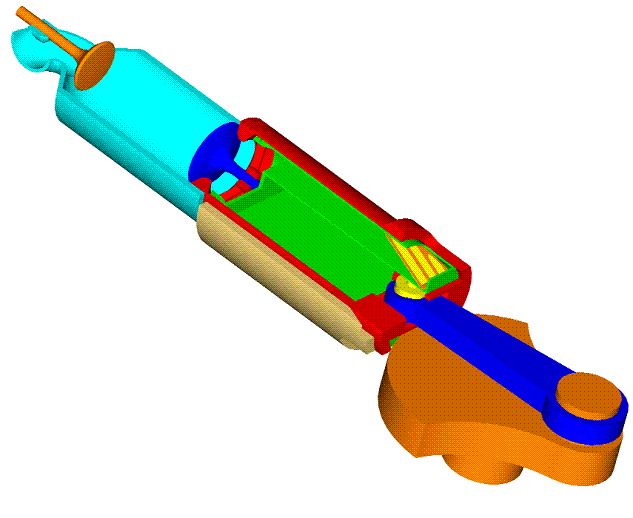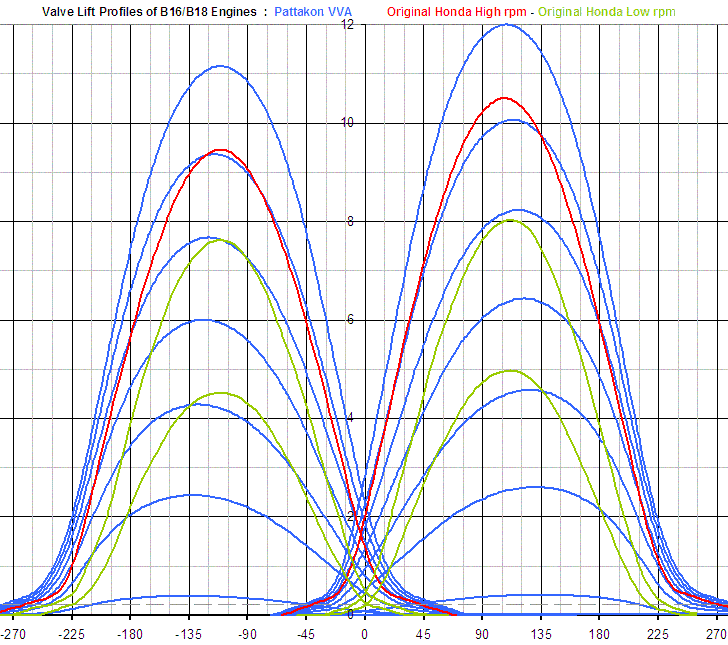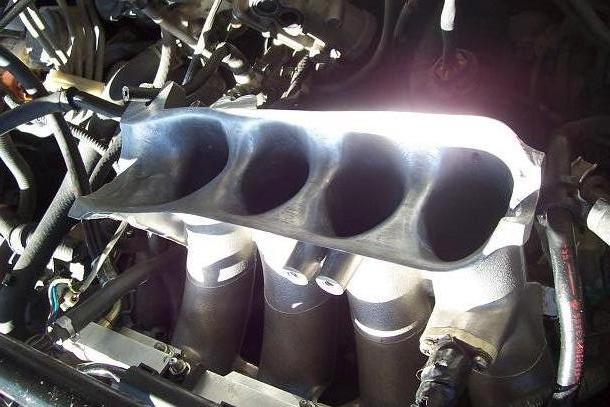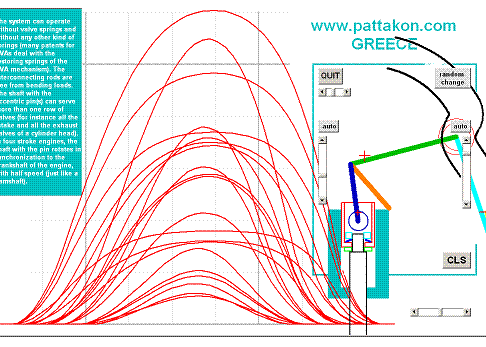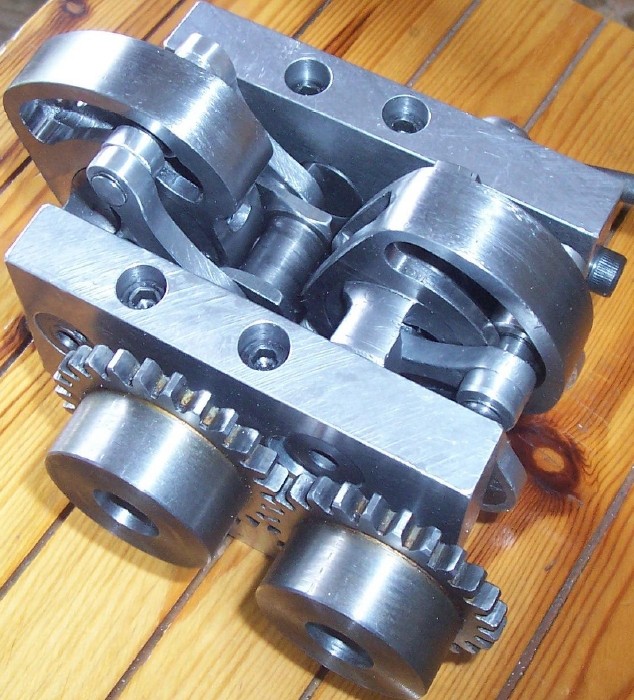It depends on the engine.MotoFab wrote: During 'outgoing air control' which crank angles are the fuel and spark?
Direct injection? Port injection?
The PatAir can operate with all the available modes / strategies ("Ingoing Air Control") of the MultiAir of FIAT and with an infinity of additional "Outgoing Air Control" modes / strategies.
The image bellow shows the difference in the hardware of the two systems.
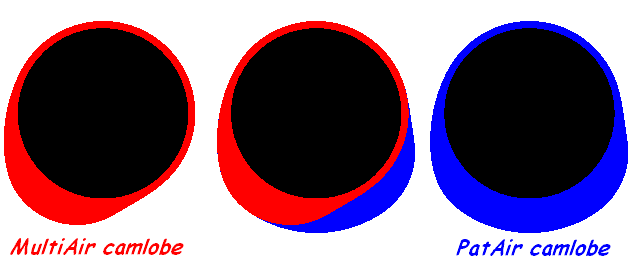
The selection of the optimum mode is based on the operational conditions.
If necessary, different cylinders can operate on different "mode". All it takes is the proper "timing" of the electromagnetic solenoid valves by the ECU.
Flexibility: A PatAir four inline engine is easy to operate with one cylinder deactivated, with another cylinder running at full load, with another cylinder running at medium load according the "Ingoing Air Control" cycle and with another cylinder running at medium load according the "Outgoing Air Control" cycle. It is also easy to swap, a few dozens of times per second, the above modes among the cylinders.
The difference during the cranking process (and the "stop - start") between an “Outgoing Air Control” system (PatAir) and an “Ingoing Air Control” system (MultiAir of Fiat) is also significant.
During the cranking process, the MultiAir (and the conventional engine) needs a strong torque (energy) to make the first “compression”. If the torque provided by the starter is not adequate to compress the full charge into one cylinder, the engine cannot rotate. The starter has to be able to provide to the engine the power for a “full load” compression. Despite the progress in the battery technology, everyone has experienced an "empty" battery at cranking.
The “Outgoing Air Control” / PatAir is an efficient “de-compressor”. The starter rotates the engine without seeing significant resistance (a dozen times less energy-torque than the original MultiAir engine), because the intake valves stay open during the compression cycle (they close a few degrees before the TDC) and allow the mixture to return back into the intake manifold, just like as a de-compressor does.
The cranking becomes so easy (light load with “Outgoing Air Control”) that you need neither the ring gearwheel on the flywheel periphery, nor a conventional starter with pinion. A modified electric generator (that operates as an electric motor, too) is all it needs.
This is more important for cars equipped with a “start-stop” system: every time the engine stops, the cylinders cannot help filling up with mixture, which must be compressed at the next start.
The easy cranking of the “Outgoing Air Control” PatAir is significant / crucial in other cases: Imagine for instance, a powerful outboard engine on a boat and a discharged battery beside it, or a big single cylinder motorcycle engine with empty battery. With the “Outgoing Air Control” / PatAir the manual cranking is easy.
This "novel method of heat recovery" consumes "expensive" mechanical energy ("expensive" because this mechanical energy was generated at a small "brake thermal efficiency" due to the light load operation).MotoFab wrote: Some would not call that a loss. And would say that the process of heating the air of that 1/8 partially-filled cylinder is a heat recovery process. In that the compression pressure is higher due to pre-combustion heat recovery, even though the cylinder is only partially filled. It is a novel method of heat recovery.
There are others more fuel efficient ways to do it.
If you need hotter air at 30 degrees before the combustion TDC, you can pass the air around the exhaust pipes and use the "Outgoing Air Control" mode.
Thanks
Manousos Pattakos
